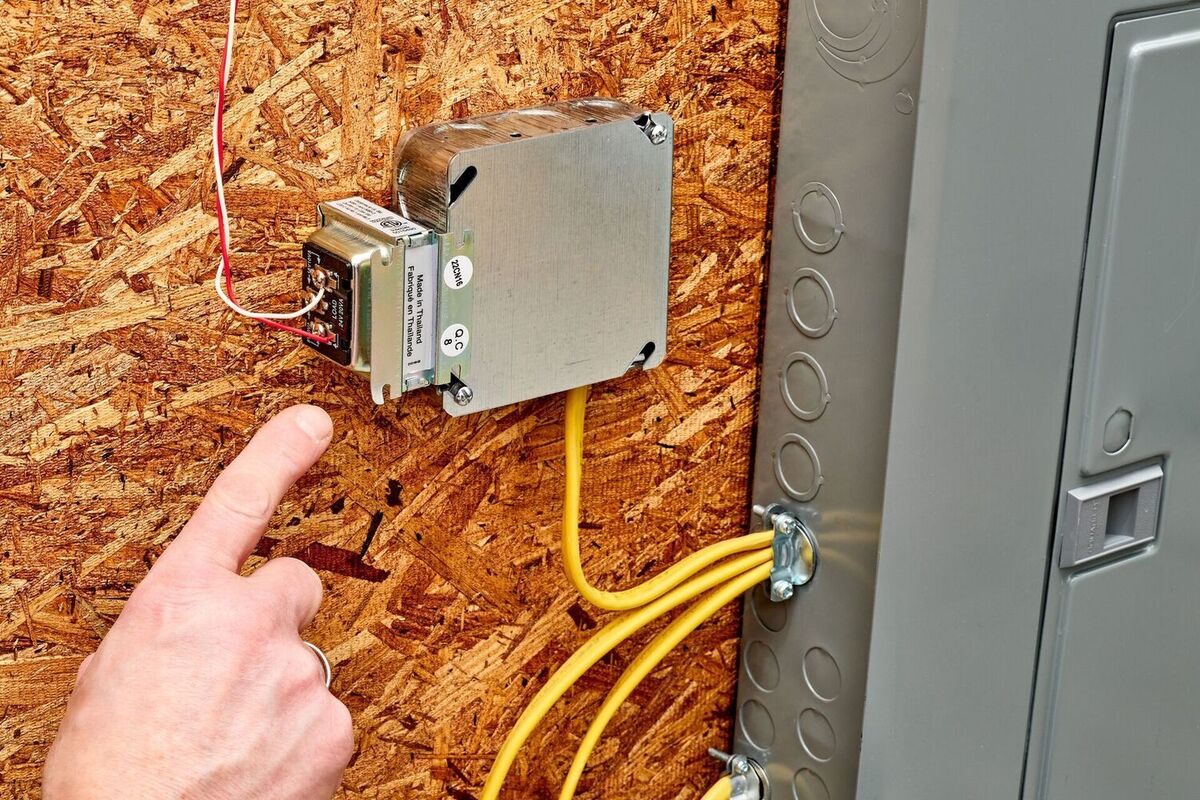

Articles
What Does A Doorbell Transformer Do
Modified: May 6, 2024
Learn all about doorbell transformers and their role in powering your doorbell system. Discover how these essential articles work to provide the necessary voltage and ensure your doorbell functions properly.
(Many of the links in this article redirect to a specific reviewed product. Your purchase of these products through affiliate links helps to generate commission for Storables.com, at no extra cost. Learn more)
Introduction
Welcome to this comprehensive guide on doorbell transformers. Have you ever wondered how your doorbell chimes when someone presses the button? Well, the answer lies in a crucial component called a doorbell transformer. In this article, we will explore what a doorbell transformer is, how it works, its purpose, different types available, how to troubleshoot issues, and when it is time to replace it.
Whether you’re a homeowner looking to understand the inner workings of your doorbell system or a DIY enthusiast aiming to fix a malfunctioning doorbell, this article will provide you with all the essential information you need.
Now, let’s dive deeper into the world of doorbell transformers and unravel their secrets.
Key Takeaways:
- A doorbell transformer is a crucial component that converts high voltage electricity to low voltage power, ensuring the safe and reliable operation of your doorbell system while protecting its components from damage.
- Troubleshooting and replacing a faulty doorbell transformer requires attention to signs of malfunction, understanding of electrical circuits, and adherence to safety precautions. Seeking professional help is advisable for a seamless replacement process.
Read more: Why Does My Doorbell Transformer Hum
What is a Doorbell Transformer?
A doorbell transformer is a small electrical device that converts high voltage electricity from your home’s main electrical panel into low voltage electricity needed to power your doorbell system. It acts as a bridge between the high voltage electrical system and the low voltage doorbell circuit.
Typically, a doorbell transformer is a small box-shaped unit that is usually installed near the main electrical panel or inside the attic or basement of your home. It is connected to the main electrical circuit and provides a safe and regulated low voltage output to power the doorbell system.
The doorbell transformer reduces the voltage from the standard 120 volts typically found in residential electrical systems down to the low voltage range of usually 8 to 24 volts. This lower voltage is necessary to prevent damage to the doorbell components and ensure safe operation.
Doorbell transformers are rated based on their maximum voltage output and power capacity. The most common rating for residential doorbell systems is a 16-volt transformer, although transformers with 12 volts or 24 volts are also frequently used.
In addition to voltage, doorbell transformers have wattage ratings, which indicate the maximum power capacity they can provide to the doorbell system. It is crucial to choose a transformer that can comfortably handle the power requirements of your specific doorbell system.
Now that we understand the purpose and basics of a doorbell transformer, let’s explore how it works in more detail in the next section.
How Does a Doorbell Transformer Work?
Understanding how a doorbell transformer works requires a basic knowledge of electrical circuits. Let’s break it down step by step:
- Power Source: The doorbell transformer is connected to the main electrical panel in your home, which supplies it with high voltage alternating current (AC) electricity. This high voltage electricity is typically around 120 volts.
- Primary Coil: The doorbell transformer consists of two coils of wire, known as the primary and secondary coils. The primary coil is the thicker wire coil that directly connects to the high voltage source. It’s usually made of thicker wire to handle the higher voltage.
- Magnetic Field: When the high voltage AC electricity passes through the primary coil, it creates a fluctuating magnetic field around the coil.
- Secondary Coil: The secondary coil is a thinner wire coil that is wrapped around the primary coil. The fluctuating magnetic field generated by the primary coil induces an electric current in the secondary coil through the principle of electromagnetic induction.
- Step-Down Voltage: The induced electric current in the secondary coil is of lower voltage compared to the primary coil. The doorbell transformer is designed to step down the high voltage from the primary coil to a lower voltage suitable for the doorbell system.
- Low Voltage Output: The low voltage electricity produced by the secondary coil is then sent through the wiring of the doorbell system, providing the necessary power to ring the doorbell chimes or trigger other components of the system.
The beauty of a doorbell transformer is that it acts as a voltage regulator, ensuring that the doorbell system receives a consistent and safe low voltage power supply regardless of fluctuations in the main electrical system voltage.
Now that we have a grasp of how a doorbell transformer works, let’s explore its purpose and why it is essential for your doorbell system in the next section.
Purpose of a Doorbell Transformer
The primary purpose of a doorbell transformer is to provide a safe and regulated low voltage power supply to operate your doorbell system. Let’s delve into the specific purposes and benefits of a doorbell transformer:
- Powering the Doorbell System: A doorbell transformer converts high voltage electricity from your home’s electrical panel into low voltage electricity, typically ranging from 8 to 24 volts. This low voltage power supply is necessary to operate the various components of your doorbell system, such as the doorbell chimes, the doorbell button, and any other connected accessories.
- Protection of Doorbell Components: The doorbell transformer acts as a protective barrier for the components of your doorbell system. By reducing the voltage to a safe level, it prevents damage that could occur if the high voltage electricity from the main electrical panel were directly applied to the doorbell components. This safeguard helps extend the lifespan of your doorbell system and reduces the risk of electrical hazards.
- Regulating Voltage Output: Doorbell transformers are designed to provide a consistent and regulated low voltage output to the doorbell system, regardless of fluctuations in the main electrical system voltage. This regulation ensures that the doorbell system operates reliably and prevents voltage spikes from damaging the delicate electronic components.
- Compatibility with Doorbell Systems: Different doorbell systems have specific voltage requirements. Doorbell transformers come in various voltage ratings, allowing homeowners to choose the appropriate transformer that matches their specific doorbell system’s voltage needs. Ensuring compatibility between the transformer and the doorbell system is essential for optimal performance and functionality.
- Isolation from High Voltage Electrical System: The doorbell transformer physically separates the low voltage doorbell system from the high voltage electrical system in your home. This isolation enhances safety by minimizing the risk of electric shocks and accidents.
In summary, a doorbell transformer serves a crucial purpose by providing the necessary low voltage power supply to operate your doorbell system, protecting the components, regulating voltage output, ensuring compatibility, and providing isolation from high voltage electricity.
Next, let’s explore the different types of doorbell transformers available in the market to cater to various doorbell system requirements.
Types of Doorbell Transformers
Doorbell transformers come in different types and configurations to cater to various doorbell system requirements. Let’s explore the most common types:
- Wire-In Transformers: Wire-in transformers are the most traditional and widely used type of doorbell transformers. As the name suggests, they are wired directly into the electrical circuit of your home. They are typically mounted near the main electrical panel and require professional installation. Wire-in transformers come in different voltage ratings, such as 8V, 16V, and 24V, to match the specific voltage needs of your doorbell system.
- Plug-In Transformers: Plug-in transformers are a convenient option for homeowners who prefer a simpler installation process. They come with a standard electrical plug that can be plugged directly into a nearby electrical outlet. Plug-in transformers are usually used for wireless or battery-operated doorbell systems that do not require a hardwired connection. They offer flexibility as they can be easily moved or relocated if needed.
- Multi-Tap Transformers: Multi-tap transformers are versatile transformers that provide multiple voltage outputs in a single unit. They have different taps or terminals that allow you to select the desired voltage output for your specific doorbell system. This flexibility is beneficial if you have a doorbell system with unique voltage requirements or if you plan to expand or modify your system in the future.
- Smart Transformers: With advancements in technology, smart doorbell transformers are becoming more popular. These transformers are designed to integrate with smart home systems or connect to Wi-Fi networks. They offer additional features and functionalities such as remote monitoring, smartphone alerts, video integration, and compatibility with voice assistants like Amazon Alexa or Google Assistant.
When selecting a doorbell transformer, consider the voltage rating required by your doorbell system, the type of installation that suits your preferences, and any additional features or compatibility requirements you may have.
Now that we have reviewed the different types of doorbell transformers, in the next section, we will explore the signs of a faulty doorbell transformer and how to troubleshoot common issues.
A doorbell transformer reduces the standard 120-volt household electrical current to a much lower voltage, typically 10 to 20 volts, which is safe for the doorbell system. It also provides the power needed to ring the doorbell chime.
Read more: How To Install Doorbell Transformer
Signs of a Faulty Doorbell Transformer
A faulty doorbell transformer can cause various issues with your doorbell system. It’s important to be aware of the signs that may indicate a problem with the transformer. Here are some common signs of a faulty doorbell transformer:
- No Power to the Doorbell System: If your doorbell system is not working at all, one possible cause could be a faulty doorbell transformer. Check if there is power supply to the transformer and ensure it is properly connected. If there is no power reaching the transformer, it may need to be replaced.
- Inconsistent Chime Operation: If your doorbell chimes are ringing inconsistently or weakly, it could be a sign of a faulty transformer. Fluctuating voltage levels from a malfunctioning transformer can cause the chimes to sound faint or irregular. Make sure to test the chimes using different doorbell buttons to rule out any button-related issues.
- Overheating: A doorbell transformer that is overheating is a clear indication of a problem. If you notice excessive heat coming from the transformer or if it feels hot to the touch, it may be failing due to internal issues. Overheating can lead to transformer failure and may even pose a fire hazard, so it’s essential to address it promptly.
- Buzzing or Humming Sounds: Unusual buzzing or humming sounds coming from the transformer can indicate a malfunction. These noises may suggest a loose connection or faulty internal components. If not addressed, it can lead to transformer failure and potential damage to the doorbell system.
- Tripped Circuit Breaker: A functional doorbell system should not trip the circuit breaker. However, if the doorbell transformer is causing an electrical overload, it can trip the breaker. If this occurs repeatedly, it’s a sign that the transformer may need to be replaced.
If you observe any of these signs, it is advisable to consult a professional electrician to inspect and address the issue. They will have the expertise to diagnose the problem and determine whether the transformer needs repair or replacement.
Next, let’s move on to the troubleshooting process for common issues with a doorbell transformer.
Troubleshooting Issues with a Doorbell Transformer
If you’re experiencing problems with your doorbell system, it’s important to troubleshoot the issues to identify the source of the problem. Here are some steps to help you troubleshoot issues with a doorbell transformer:
- Check Power Supply: Ensure that the doorbell transformer is receiving power from the main electrical panel. Check the circuit breaker or fuse box to make sure the breaker is not tripped or the fuse is not blown. If the power supply to the transformer is disrupted, you may need to reset the breaker or replace the fuse.
- Inspect Wiring Connections: Examine the wiring connections between the transformer, the doorbell system, and the doorbell button. Look for loose or damaged wiring and make sure all connections are secure. Loose or disconnected wires can result in power issues and affect the functionality of the doorbell system.
- Test Voltage Output: Use a multimeter or voltage tester to measure the voltage output of the doorbell transformer. Place the multimeter probes or the voltage tester leads on the terminals of the transformer to check if it is producing the correct low voltage output. Compare the reading with the required voltage for your specific doorbell system. If the voltage output is significantly lower than it should be, the transformer may be faulty and in need of replacement.
- Inspect Transformer for Damage: Carefully examine the doorbell transformer for any signs of physical damage or overheating. Look for burnt components, melted insulation, or discolored areas. If you notice any damage, it is likely that the transformer needs to be replaced.
- Replace Faulty Parts: If you have identified a specific faulty component such as a damaged wire or a malfunctioning transformer, replace it with a compatible replacement part. Be sure to follow manufacturer guidelines and electrical safety precautions when replacing any components.
- Test the Doorbell System: Once you have completed the troubleshooting steps and made any necessary repairs or replacements, test the doorbell system to see if the issues have been resolved. Press the doorbell button and listen for the chimes or observe any connected accessories to ensure they are functioning correctly.
It’s important to note that electrical work can be dangerous, and if you’re not comfortable or confident in your abilities, it’s recommended to seek the assistance of a qualified electrician. They have the expertise to handle electrical systems safely and effectively.
If troubleshooting the doorbell transformer does not resolve the issues, it may be necessary to replace the transformer. Let’s discuss the process of replacing a doorbell transformer in the next section.
Replacing a Doorbell Transformer
Replacing a doorbell transformer may be necessary if you have determined that it is faulty or if you are upgrading to a higher capacity transformer. Here are the steps to follow for a typical doorbell transformer replacement:
- Turn off Power: Before starting any electrical work, ensure your safety by turning off the power supply to the doorbell system. Locate the circuit breaker that controls the doorbell circuit and switch it off.
- Test Power Supply: Use a voltage tester to double-check that the power to the doorbell system is indeed off. This step ensures you won’t encounter any electrical shocks while working on the installation.
- Locate and Remove Old Transformer: Identify the location of the existing doorbell transformer. It is often mounted near the main electrical panel or in the attic or basement. Carefully disconnect the wires from the old transformer while noting their connections. Remove the mounting screws or clips to detach the transformer from its location.
- Select a New Transformer: Choose a replacement transformer with a voltage rating and power capacity that matches the requirements of your doorbell system. Make sure the new transformer has the same or compatible wiring configuration as the old one for an easier installation process.
- Mount and Connect New Transformer: Attach the new transformer to the mounting location using the appropriate screws or clips. Connect the wires in the same manner as they were connected to the old transformer, ensuring proper polarity. Use wire nuts or electrical connectors to secure the connections and prevent any loose or exposed wiring.
- Test the Doorbell System: Restore power to the doorbell system by switching on the circuit breaker. Test the doorbell system by pressing the doorbell button and listening for the chimes or observing any connected accessories to ensure they are functioning correctly.
- Secure Wiring and Enclosure: Once you have confirmed that the doorbell system is working, organize and secure the wiring using cable clips or ties to prevent any potential hazards or tripping hazards. If the new transformer came with an enclosure or cover, install it to protect the transformer and wiring.
If you are unsure or uncomfortable with the process of replacing a doorbell transformer, it’s recommended to consult a professional electrician. They have the necessary expertise and tools to perform the installation safely and efficiently.
Now that you are equipped with the knowledge of replacing a doorbell transformer, let’s conclude our guide.
Conclusion
Congratulations! You have now become well-versed in the world of doorbell transformers. We have covered the essentials, from understanding what a doorbell transformer is to learning how it works, exploring its purpose, discussing the different types available, and troubleshooting common issues. We also walked through the process of replacing a doorbell transformer.
A doorbell transformer is a vital component of your doorbell system, providing the necessary low voltage power supply that enables your doorbell chimes to ring when someone presses the button. By reducing high voltage electricity from the main electrical panel to a safe and regulated low voltage output, the transformer protects the doorbell components and ensures their optimal operation.
Remember to be vigilant for signs of a faulty doorbell transformer, such as inconsistent chime operation, overheating, buzzing sounds, or tripped circuit breakers. Troubleshooting these issues involves checking the power supply, inspecting wiring connections, and testing the voltage output. If necessary, the faulty transformer can be replaced with a compatible one, following the proper safety precautions.
Whether you opt for a wire-in, plug-in, multi-tap, or smart transformer, ensure that it matches the voltage requirements and power capacity of your doorbell system. A properly functioning doorbell transformer will contribute to the smooth operation and longevity of your doorbell system.
If you encounter any difficulties or don’t feel comfortable performing electrical work, reach out to a qualified electrician for assistance. It’s always better to prioritize your safety and seek professional help when needed.
We hope this comprehensive guide has provided you with valuable insight into the world of doorbell transformers. Now you can confidently understand, troubleshoot, and replace the transformer as necessary. Enjoy the convenience and comfort of a functioning doorbell system, welcoming visitors with a delightful chime!
Eager to tackle more home projects? Our guide on DIY home improvement can help you master various upgrades around your house, empowering you to transform spaces with your own hands. If you're curious about enhancing your doorbell system, our step-by-step doorbell installation article is perfect for getting that setup right. For those planning more extensive projects, understanding electrical wiring is crucial, especially when extending power to spaces like a garage. Dive into these resources to boost your home's functionality and appeal!
Frequently Asked Questions about What Does A Doorbell Transformer Do
Was this page helpful?
At Storables.com, we guarantee accurate and reliable information. Our content, validated by Expert Board Contributors, is crafted following stringent Editorial Policies. We're committed to providing you with well-researched, expert-backed insights for all your informational needs.
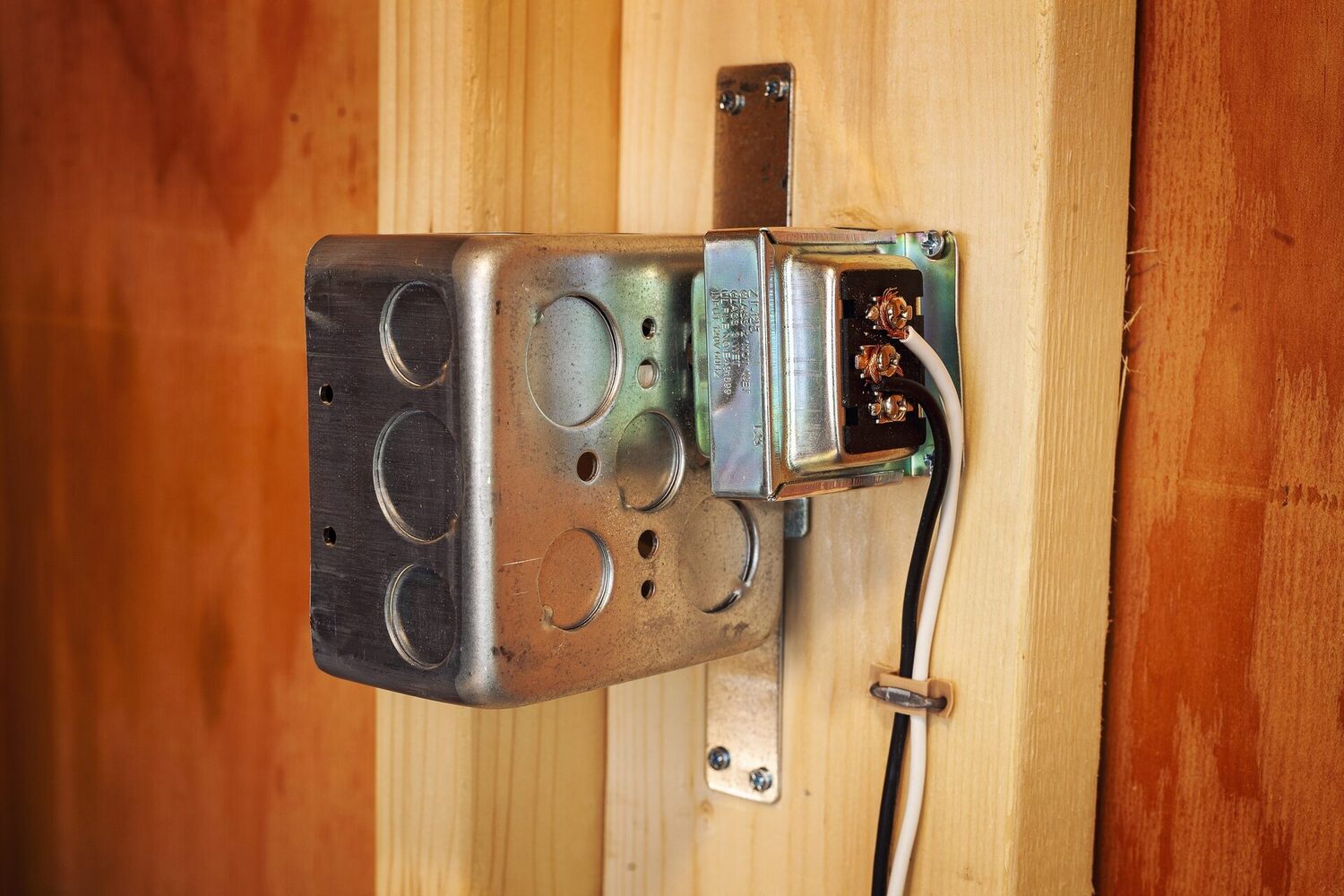
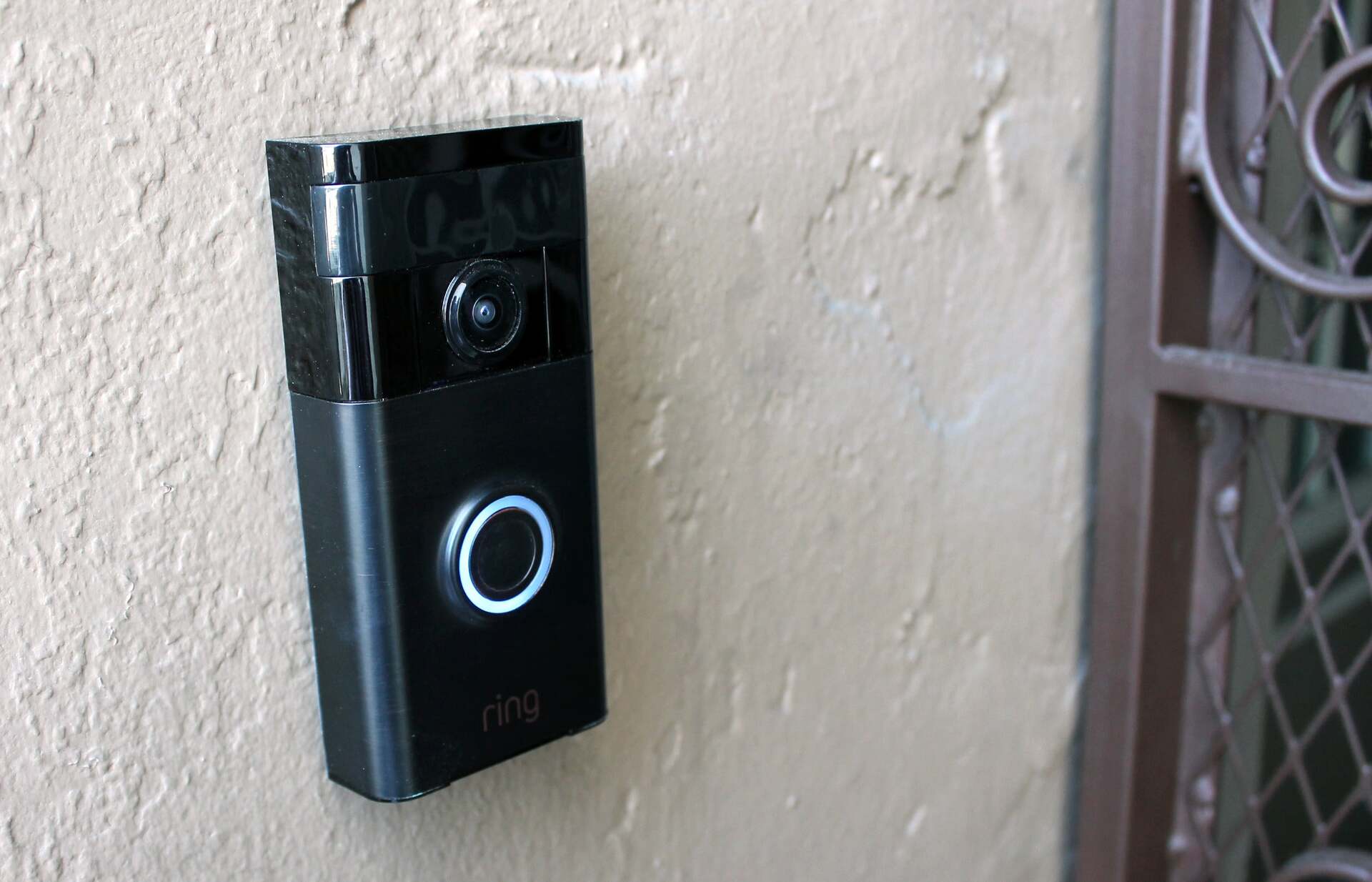
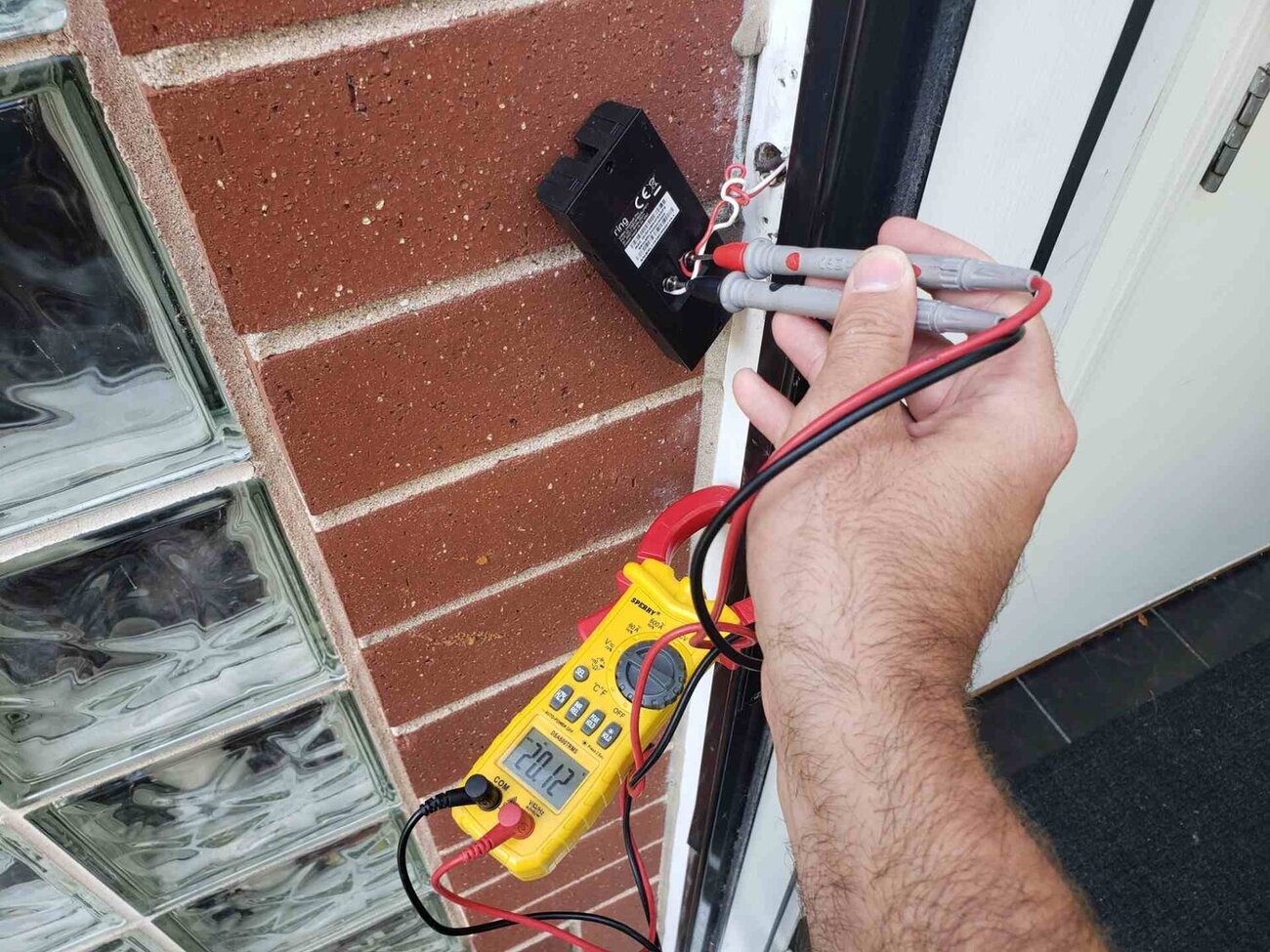
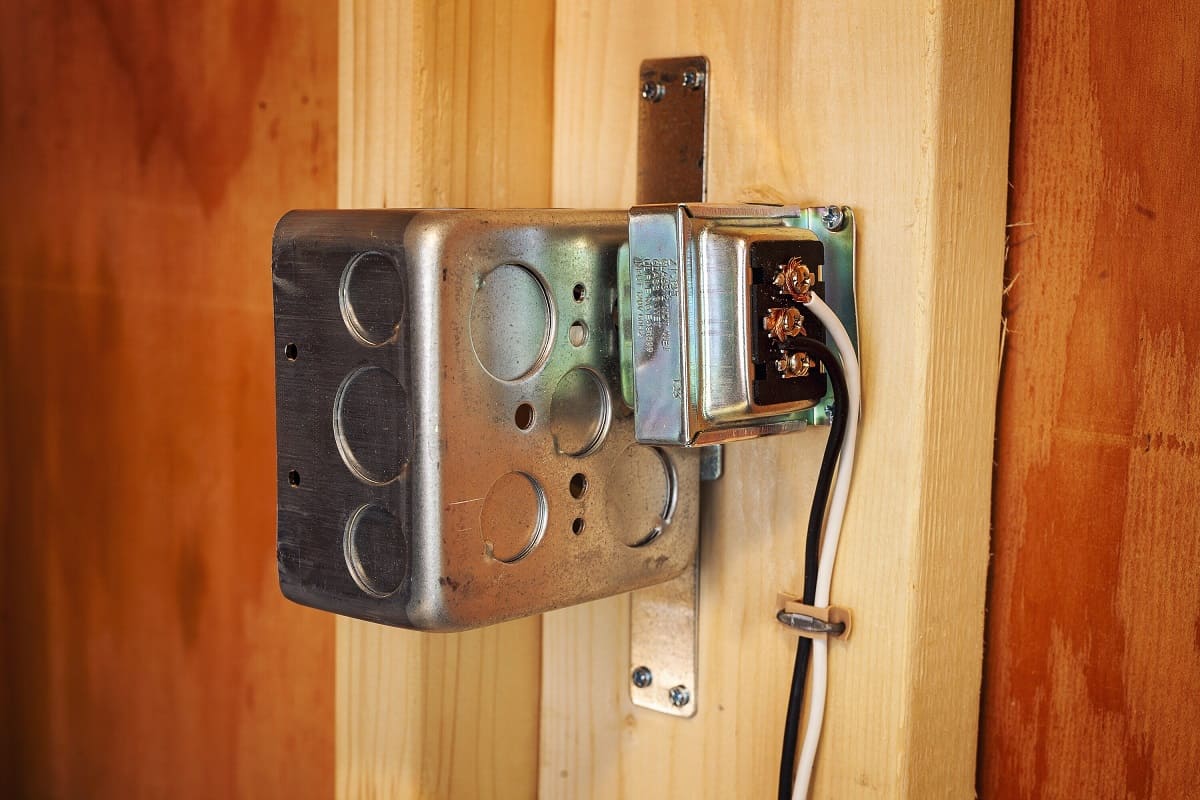
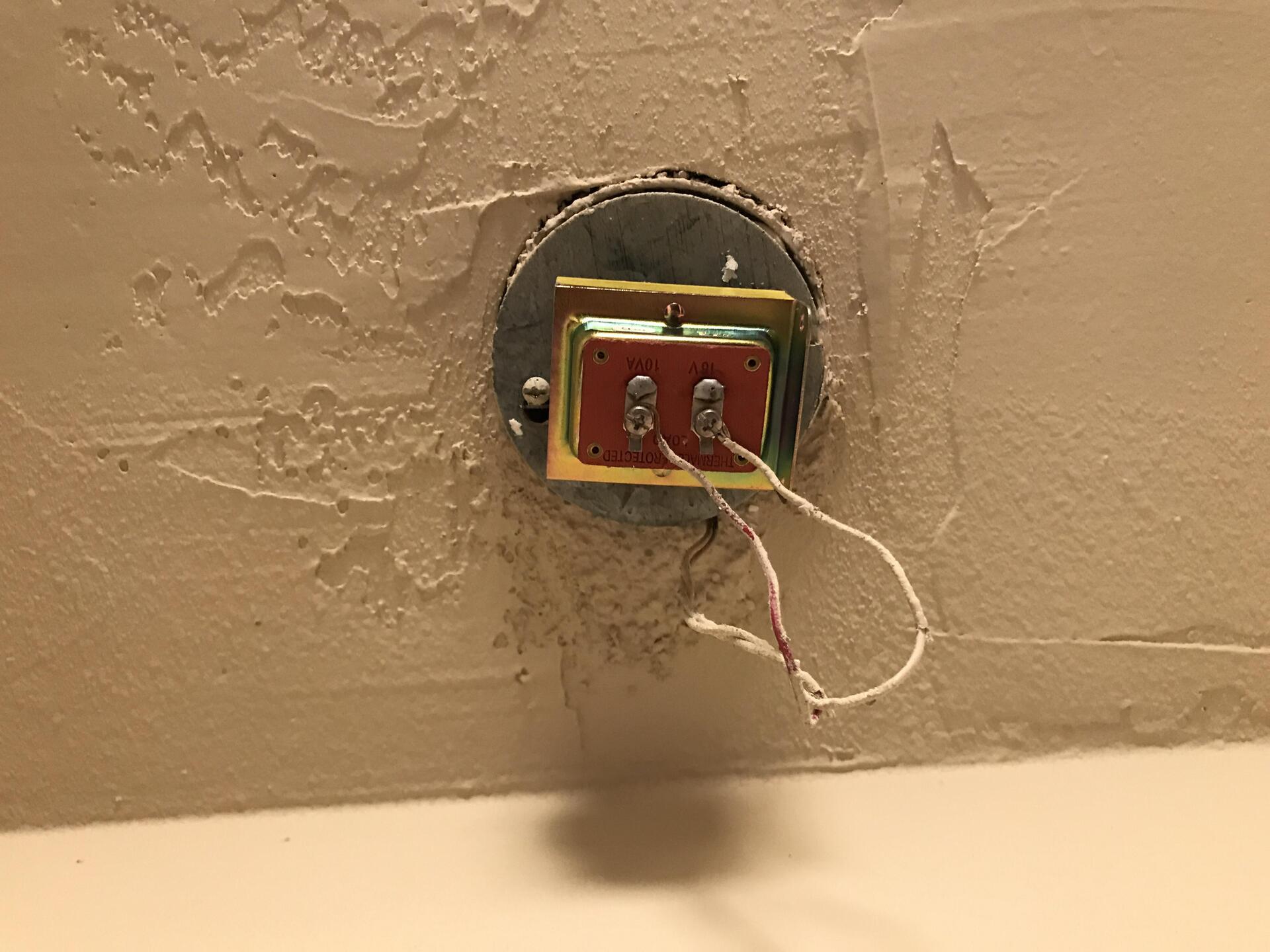
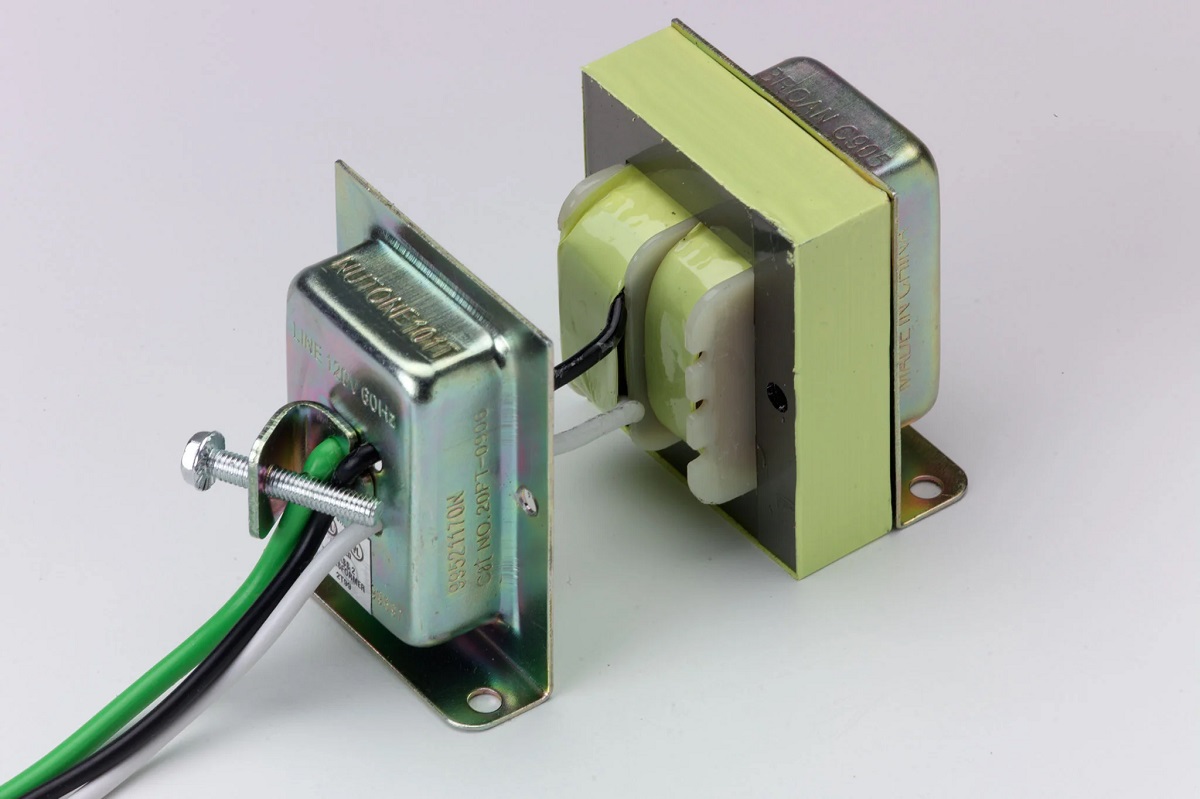
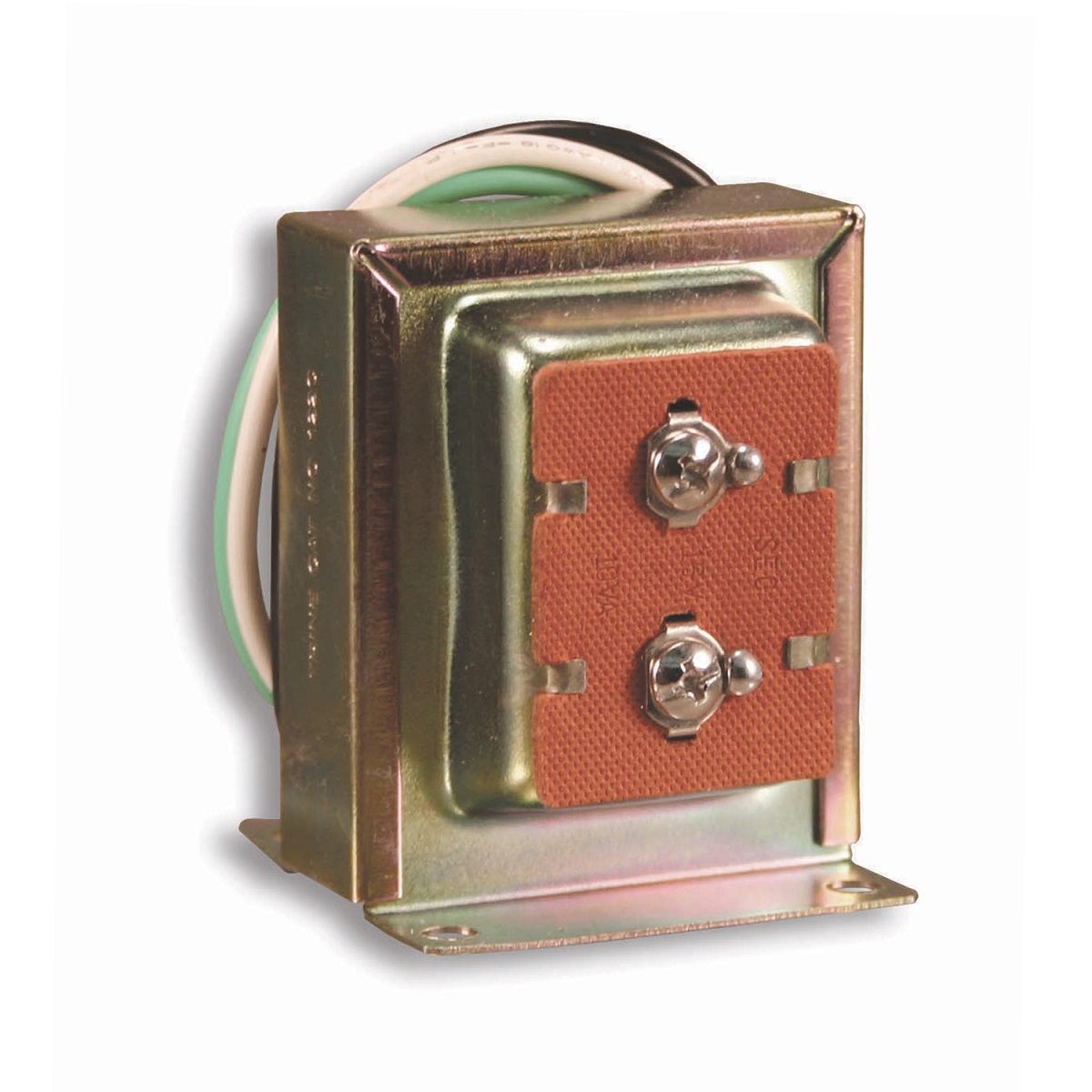
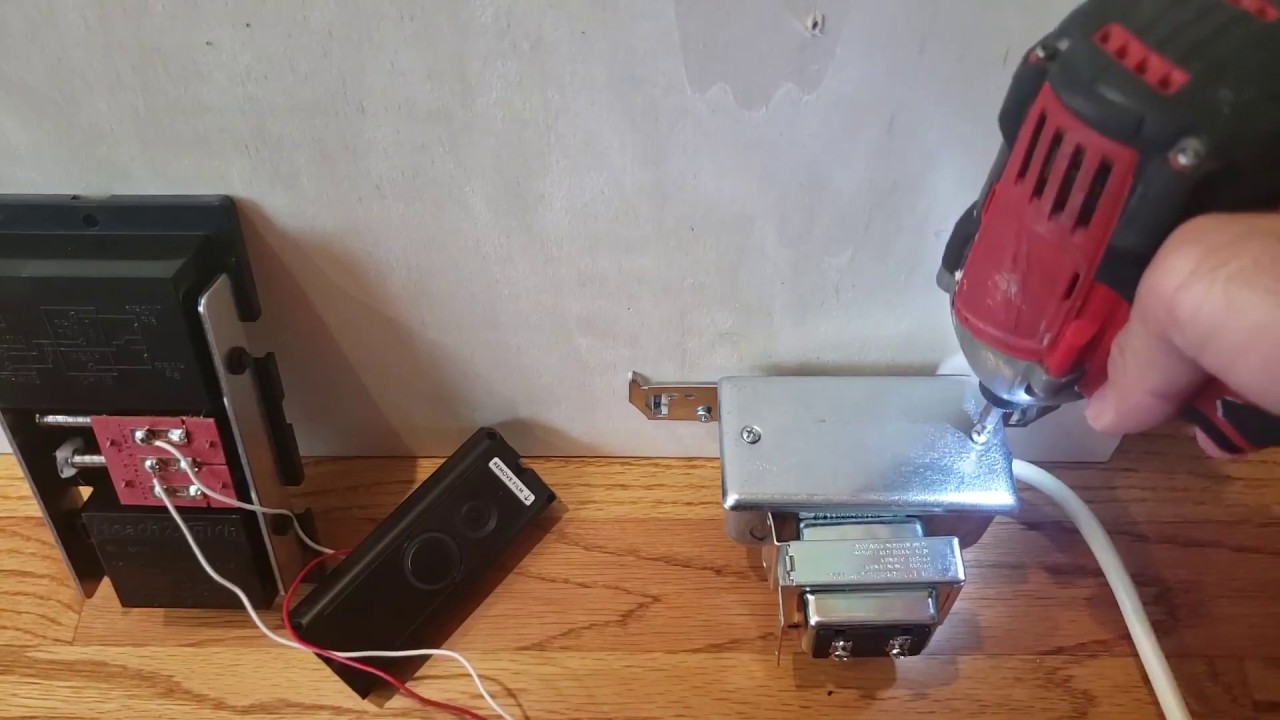
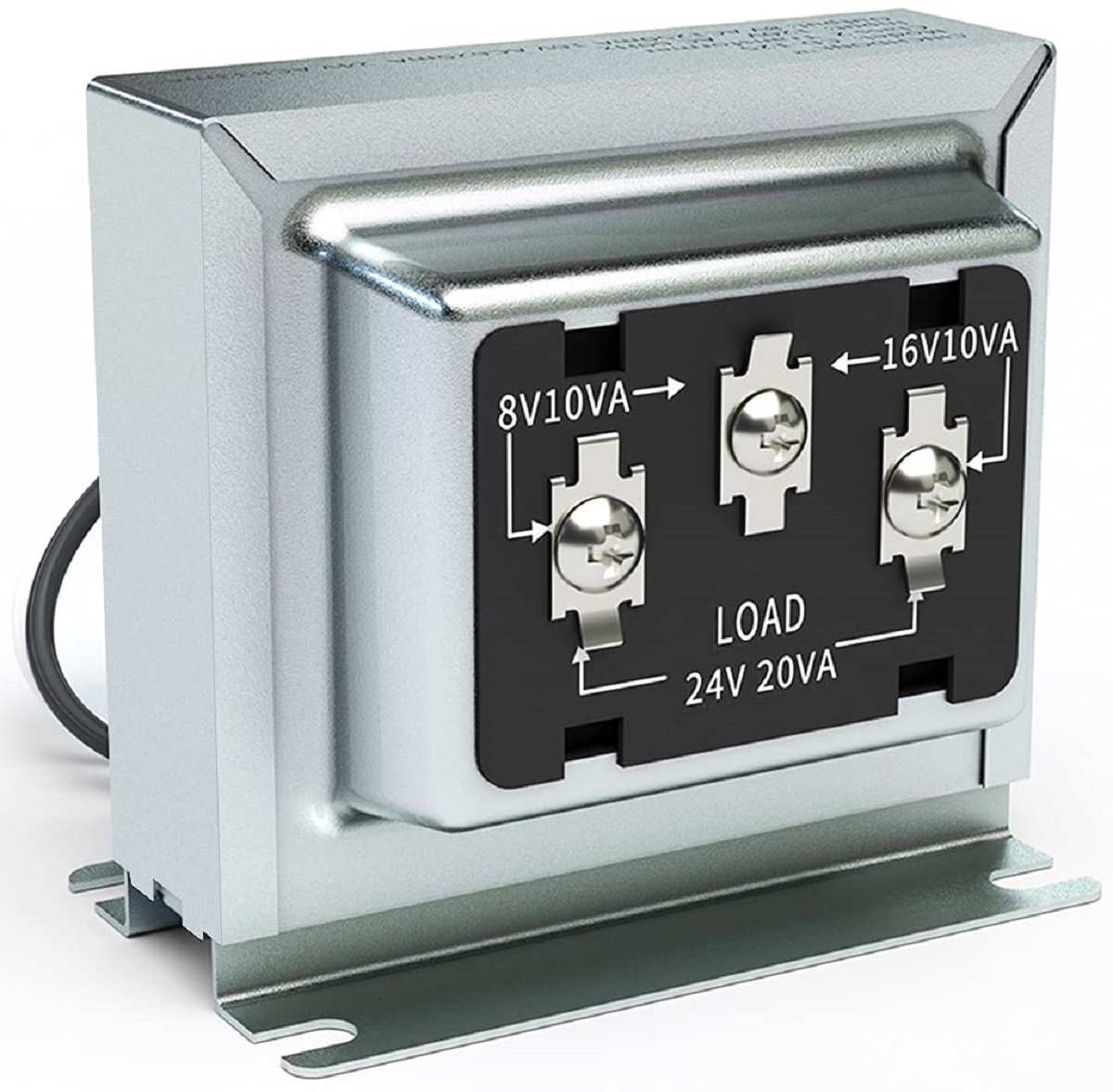

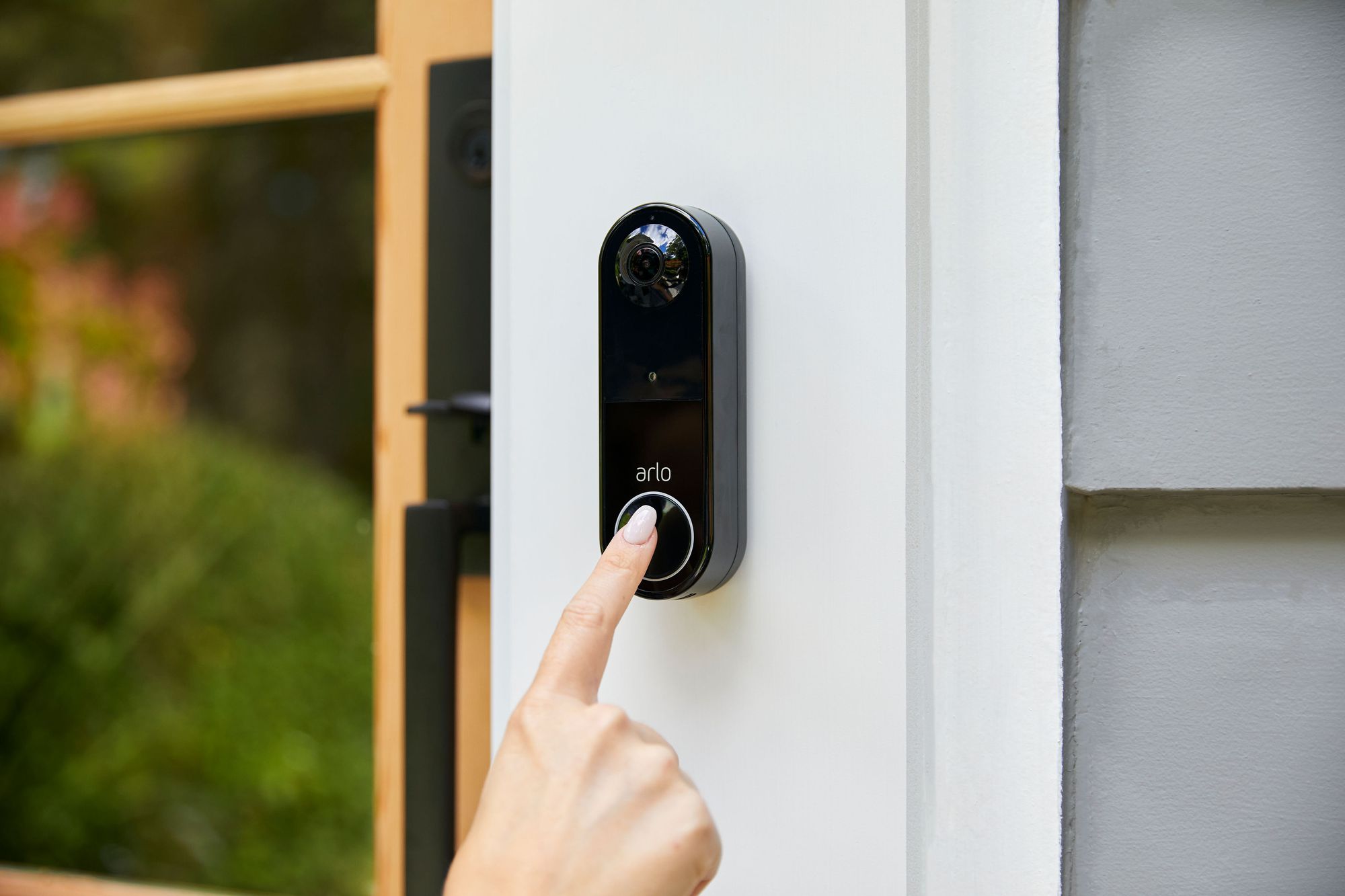
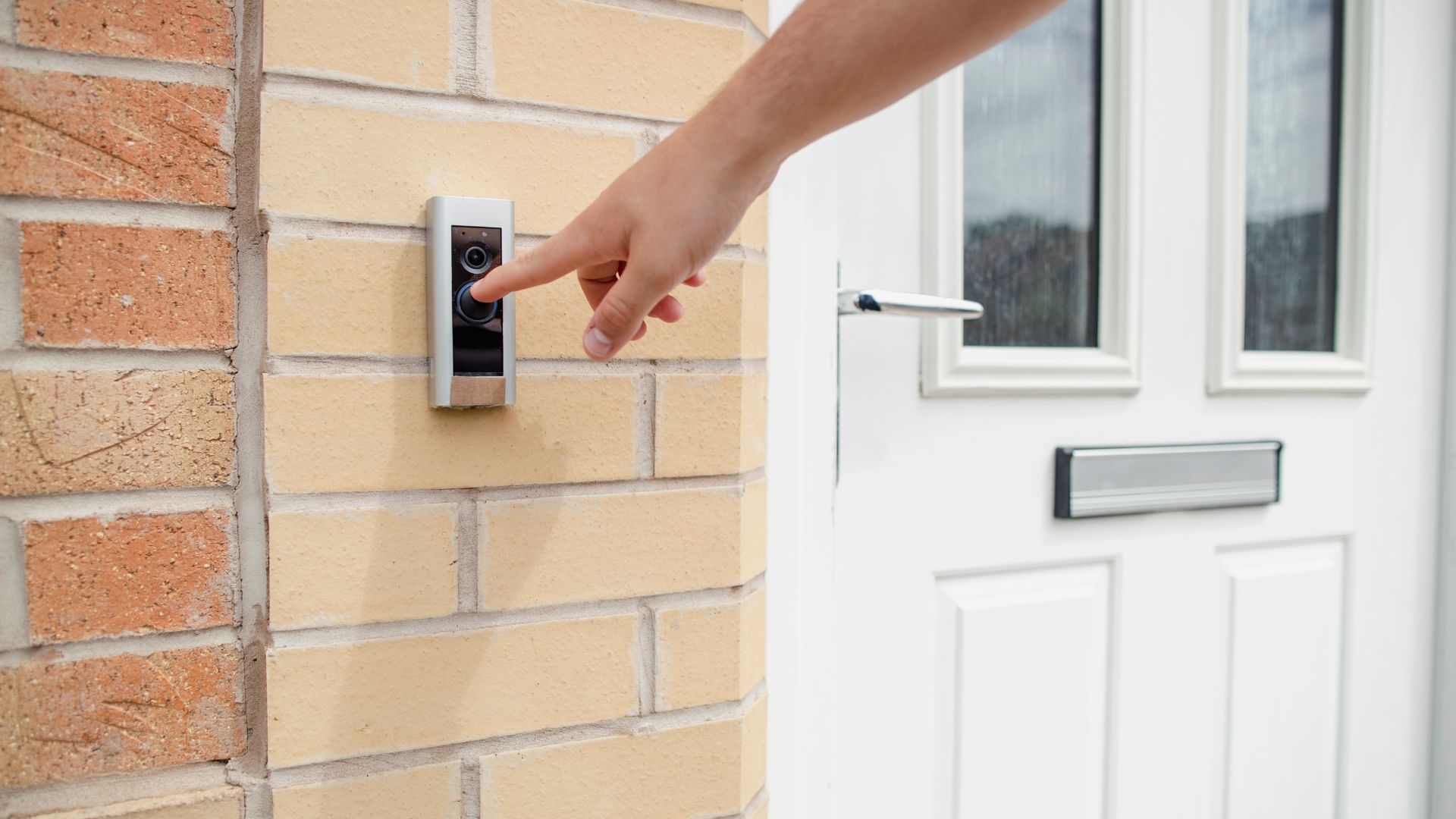
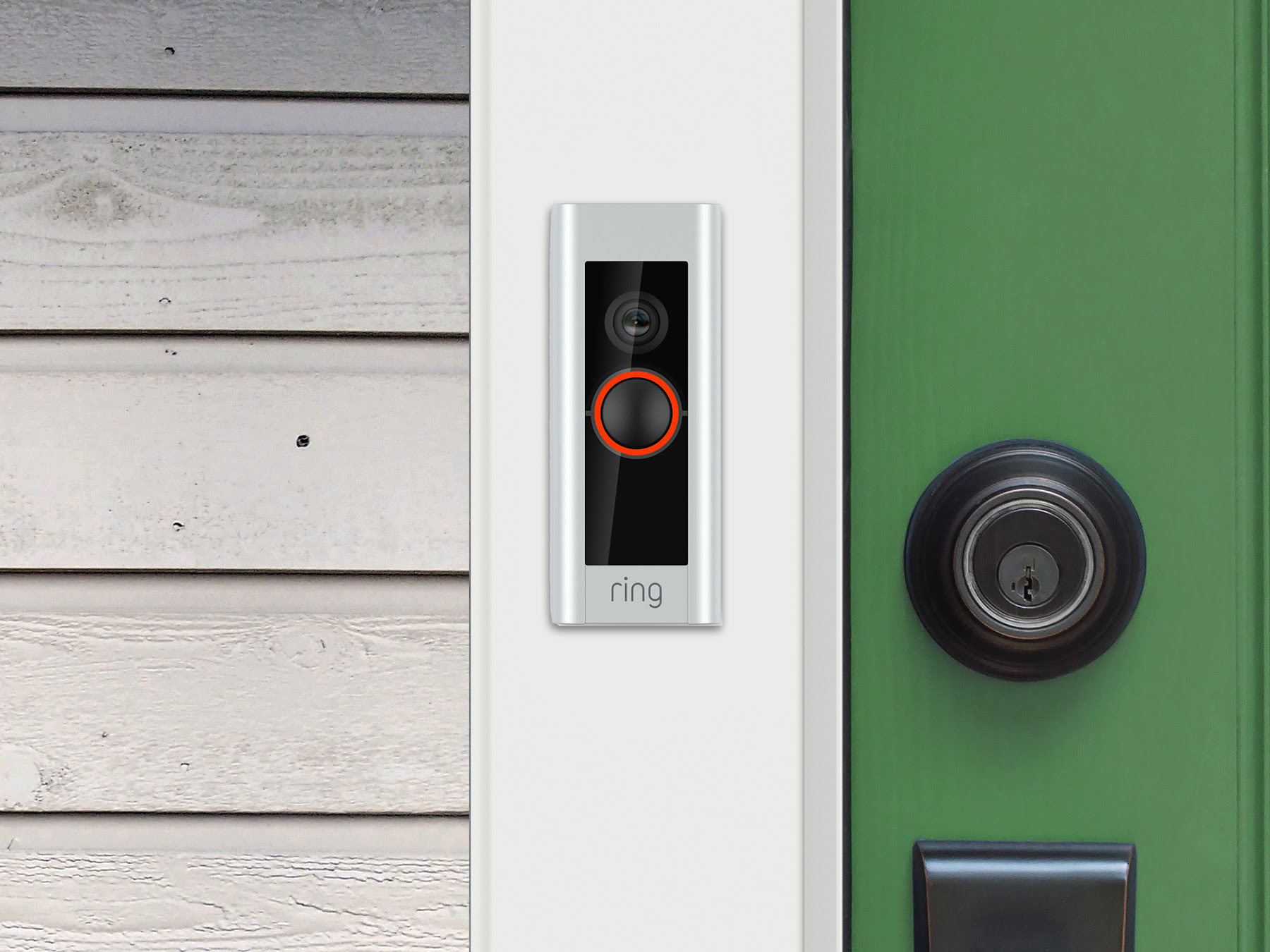
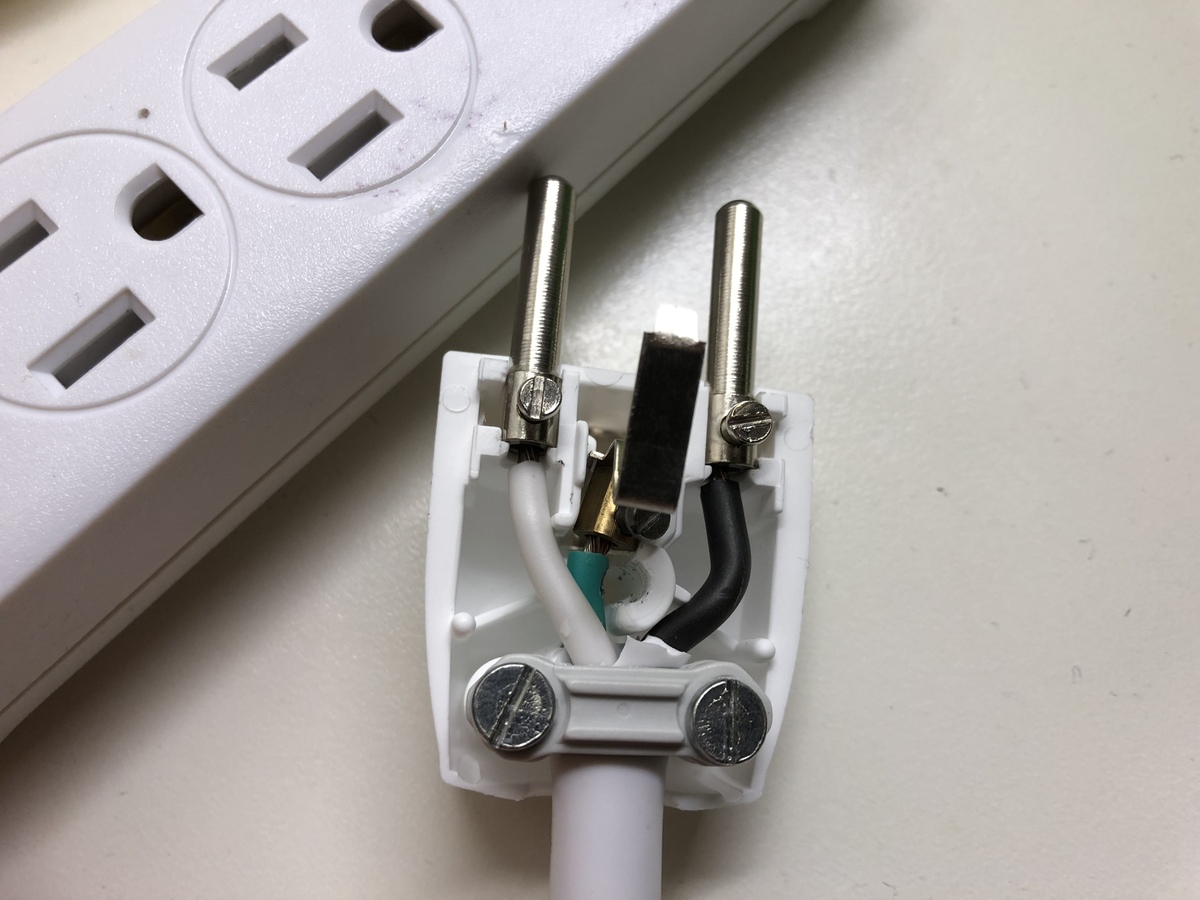

0 thoughts on “What Does A Doorbell Transformer Do”